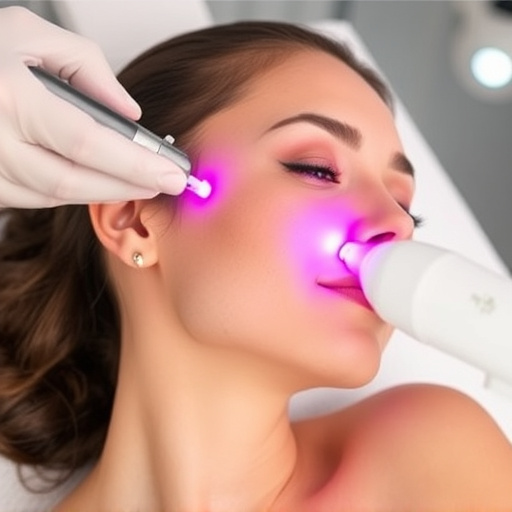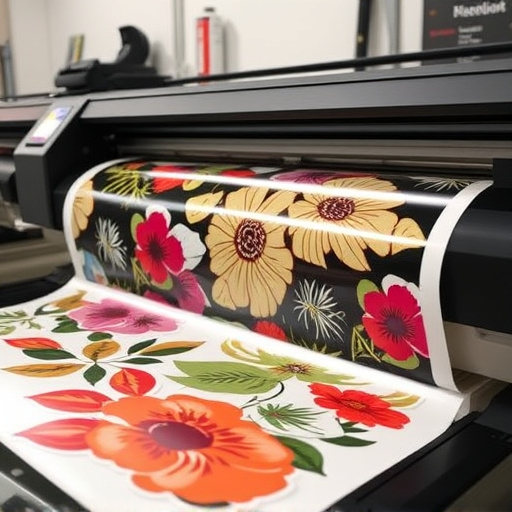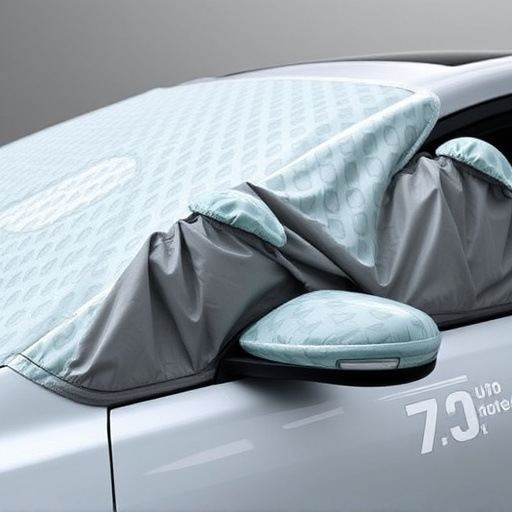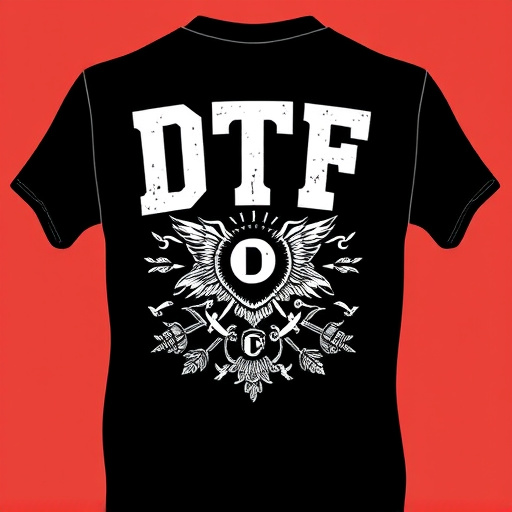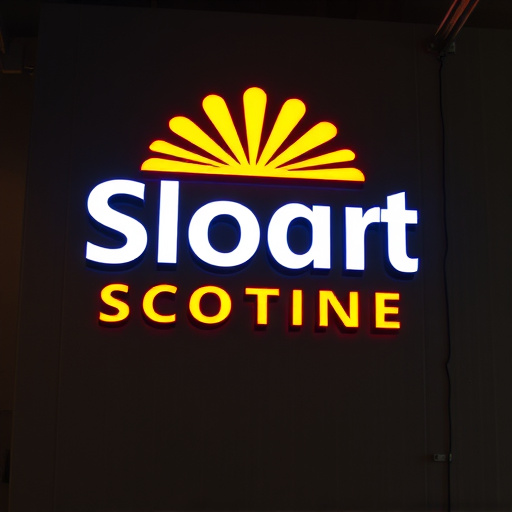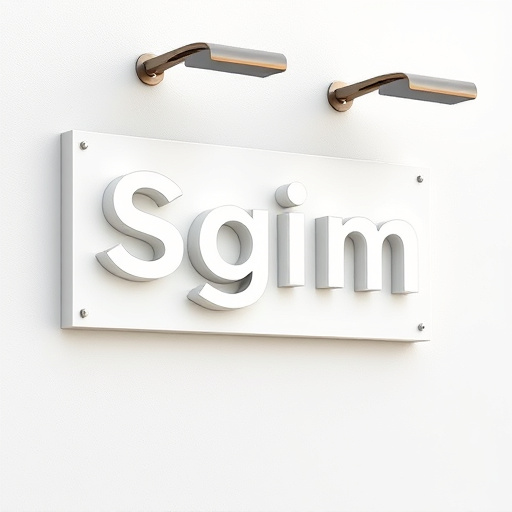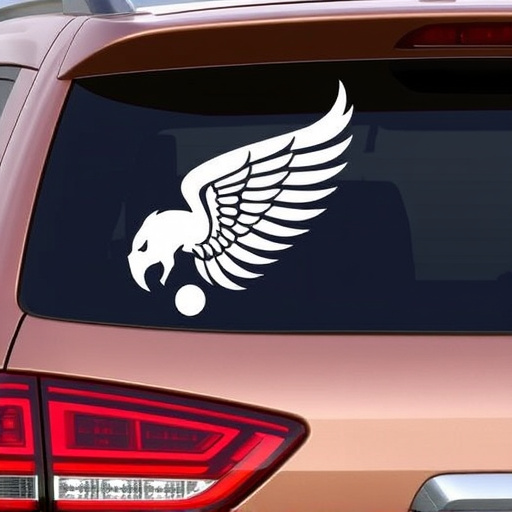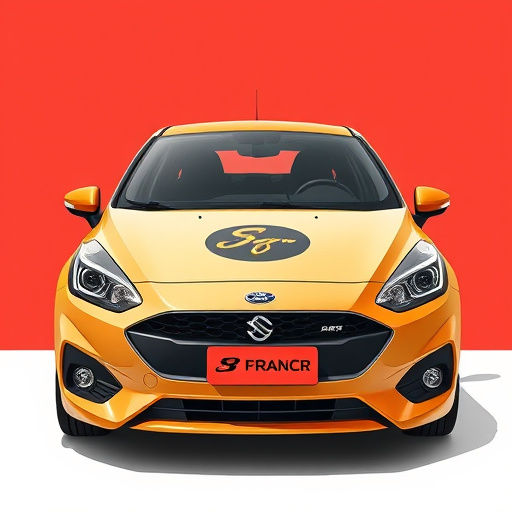Selecting vibrant contrasting colors, balancing dark and light shades, and integrating high-resolution graphics strategically are crucial steps in vehicle graphics design. Color theory principles like complementary, analogous, and temperature evoke emotions and direct focus, enhancing visual appeal. Aligning images with brand identity and resonating with the target audience, such as premium automotive services, results in striking designs that highlight quality and serve as effective marketing tools on the road.
Elevate your vehicle’s image with expert tips on high-impact graphics design. This comprehensive guide delves into every aspect, from selecting visually striking colors and images that resonate with your brand and audience, to mastering layout and placement for maximum visibility against curves and angles. We’ll explore best practices in printing, installation, and maintenance to ensure your vehicle graphics make a lasting impression.
- Choosing the Right Colors and Images
- – Understanding color theory and its impact on vehicle graphics
- – Selecting images that align with your brand and target audience
Choosing the Right Colors and Images
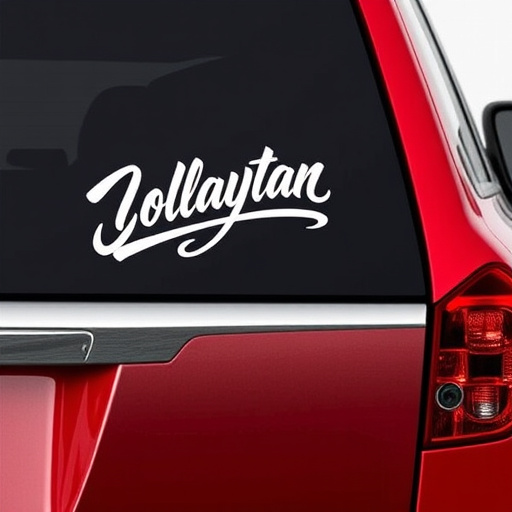
Selecting the perfect palette is a crucial step in vehicle graphics design as colors play a significant role in capturing attention and conveying your brand’s message. When designing for vehicles, it’s essential to consider not just aesthetics but also practicality. Opt for vibrant, contrasting hues that stand out against various backgrounds, ensuring maximum visibility during different lighting conditions. Dark shades can be impactful, but they may hide small details; thus, a balanced approach is key.
Complementing the color choice are strategic image placements. High-resolution, eye-catching graphics that align with your target audience will enhance the overall impact. Incorporate brand logos and slogans creatively while ensuring readability. For instance, a premium automotive service provider might choose sleek metallic colors for their fleet, paired with subtle yet intricate graphics highlighting their vehicle protection services, making their cars instantly recognizable on the road.
– Understanding color theory and its impact on vehicle graphics

Color theory is a fundamental aspect of vehicle graphics design that can significantly impact the overall visual appeal and effectiveness of your creation. When designing vehicle graphics, it’s essential to consider color harmony, contrast, and how colors interact with one another. Using complementary colors can make designs pop, while analogous shades create a cohesive and harmonious look. Understanding color temperature—whether warm or cool tones—is also crucial, as it can evoke different emotions and draw attention to specific areas of the vehicle.
For instance, vibrant colors like red and orange generate a sense of energy and excitement, making them ideal for capturing attention on the road. In contrast, cooler colors like blue and green convey calmness and sophistication, suitable for more subtle or professional branding. Incorporating these color principles will ensure your vehicle graphics stand out, attract viewers, and effectively communicate your intended message—all while showcasing high-quality finishes that enhance the overall look of premium automotive services.
– Selecting images that align with your brand and target audience

When it comes to designing high-impact vehicle graphics, selecting the right images is paramount. Your chosen visuals should not only be visually appealing but also align perfectly with your brand identity and resonate with your target audience. For instance, if you offer premium automotive services, opt for crisp, high-resolution pictures showcasing sleek vehicles in vibrant settings. Heat rejection films or paint protection technologies can also serve as compelling design elements, highlighting both functionality and aesthetics.
Remember, vehicle graphics design is not just about aesthetics; it’s a powerful marketing tool. Careful consideration of your audience’s preferences and your brand’s unique selling points will ensure that your graphics make a lasting impression, turning heads on the road and reinforcing your business message effectively.
In conclusion, crafting high-impact vehicle graphics design involves a blend of artistic skill and strategic planning. By understanding color theory and selecting visually appealing, brand-aligned images, you can create captivating designs that enhance brand visibility on the road. Incorporating these expert tips into your process will elevate your vehicle graphics design, making your vehicles stand out in any fleet or marketing campaign.

